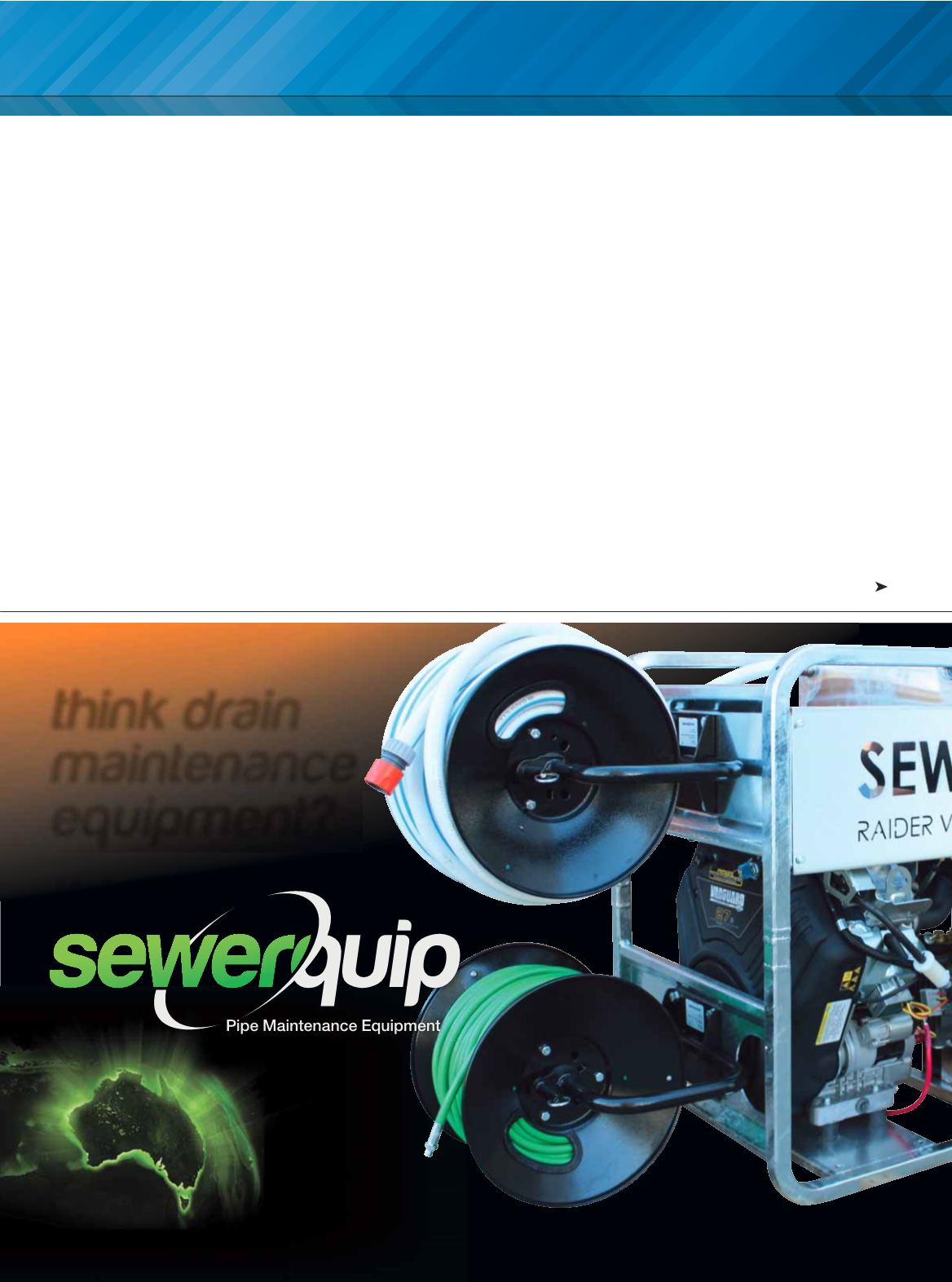

buildings will meet community expectations of higher
protection levels for vulnerable occupants of those buildings.
CONTINUING TO IMPROVE THE USEABILITY OF THE NCC
NCC 2015 includes the restructure, simplification and
enhancement of two commonly used parts of the NCC; Part
J5 – Air-conditioning and Ventilation Systems in Volume One
and Barriers to prevent falls (previously Balustrades and other
barriers) in Volumes One and Two.
Part J5 Air-conditioning and Ventilation Systems
Since the change in stringency of the energy efficiency
provisions in Section J of BCA 2010, concerns have been
raised by industry about the difficulty in understanding and
applying the provisions. Part J5 has been restructured and
improved, and expanded guidance material has been provided
to assist users in understanding Part J5.
The review and restructure of Part J5 has also incorporated
some technical changes to resolve outstanding technical
issues that had been previously raised by industry. Some of
these changes include clarification of the exemptions allowed
in the defined term ‘air-conditioning’ and the increase of the
fan motor power allowances for car park ventilation systems.
CHANGES TO THE PCA
PCA 2015: STAGE 2 —MAKING NCC HARMONISATION A
REALITY
PCA 2015 contains a number of improvements to the
code which are being introduced as the second stage of the
Board’s work program to harmonise building and plumbing
requirements between NCC Volumes, and to elevate matters
of public policy from referenced documents to the PCA. These
changes build on the significant progress made in the 2014
edition, which was stage one of what is the most significant
revision to the PCA since 2004.
This year, NCC harmonisation becomes a reality for
PCA users, with each part of the code now including new
information outlining at a glance those critically important
elements of the BCA that can have an impact on many
plumbing and drainage works. This will save time and reduce
your chances of getting caught out by those provisions which
can cross-over between the Volumes. You will find this new
information at the end of the Deemed-to-Satisfy Provisions
for each Part, in an explanatory information box marked
‘Cross-volume considerations’.
While the cross-volume consideration boxes look a little
cal l now to speak wi th a consultant on 1800 816 830
www.
sewerquip.com.au
think drain
maintenance
equipment?
think
















